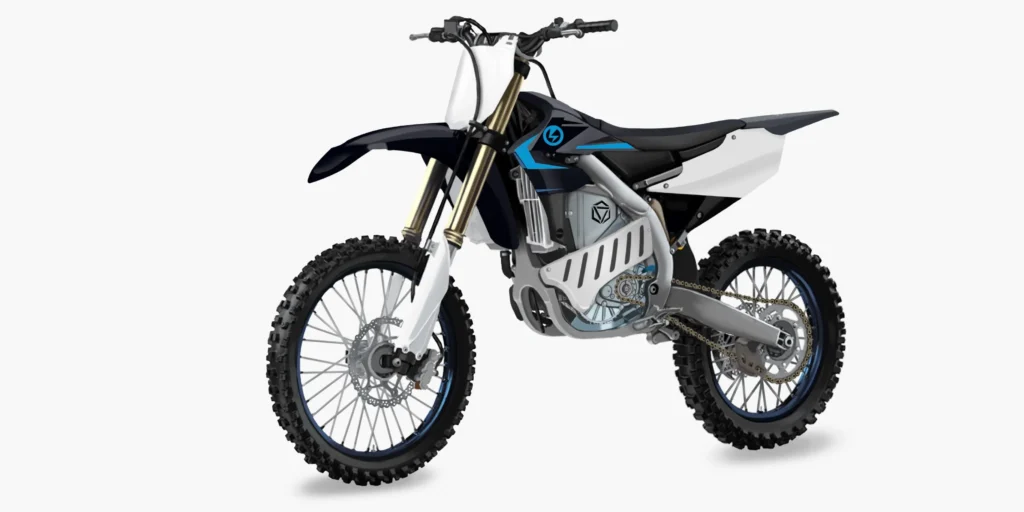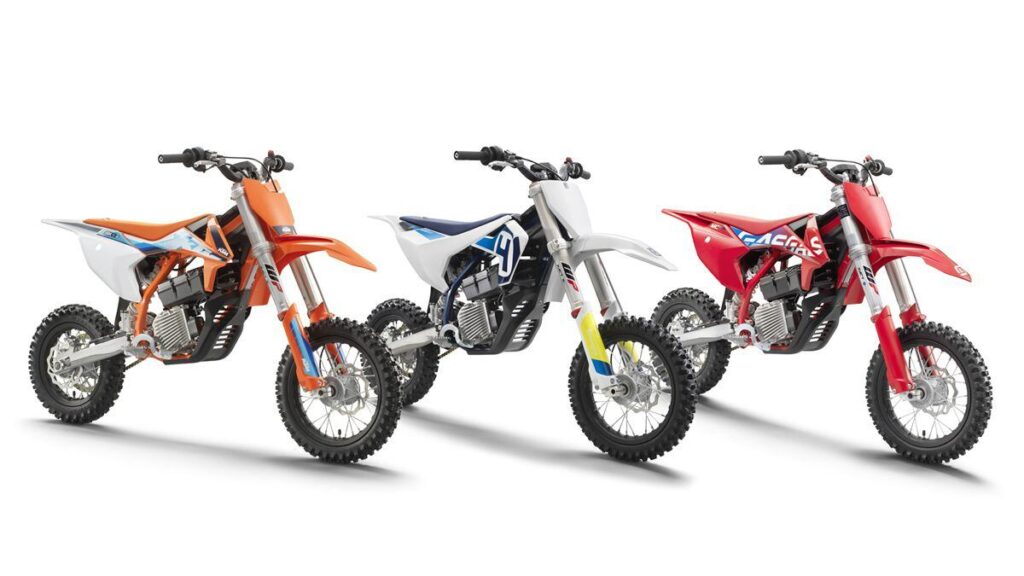
Electric Dirt Bike
In recent years, there has been a surge of interest in electric vehicles (EVs) across various industries. From cars to bicycles, the shift towards electric power is undeniable. One of the most exciting developments in this realm is the emergence of electric dirt bikes. Offering a cleaner, quieter, and more environmentally friendly alternative to traditional gasoline-powered counterparts, electric dirt bikes are revolutionizing off-road riding. In this article, we’ll delve into the world of electric dirt bikes, exploring their technology, advantages, challenges, and the future of this burgeoning industry.
The Rise of Electric Dirt Bike:
Off-road enthusiasts have long enjoyed the thrill of dirt biking, but concerns about noise pollution, emissions, and environmental impact have always loomed large. Traditional gasoline-powered dirt bikes emit exhaust fumes and generate noise that can disturb wildlife and nearby communities. Moreover, they require regular maintenance and contribute to air pollution. In response to these issues, manufacturers began exploring alternative power sources, leading to the development of electric dirt bikes.
Electric dirt bikes first gained attention in the early 2000s, with pioneers like Zero Motorcycles and Alta Motors leading the way. These early models showcased the potential of electric propulsion in off-road applications, offering instant torque, minimal maintenance, and reduced noise levels. However, limited range and high costs initially hindered widespread adoption.
Technological Advancements:
Over the years, significant advancements in battery technology, motor efficiency, and overall design have propelled electric dirt bikes into the mainstream. Lithium-ion batteries, with their high energy density and fast-charging capabilities, have revolutionized the electric vehicle industry, including dirt bikes. Modern electric dirt bikes boast impressive performance metrics, with acceleration and top speeds rivaling their gasoline-powered counterparts.
One of the key advantages of electric dirt bikes is their instant torque delivery. Unlike internal combustion engines, which require revving up to reach peak torque, electric motors deliver maximum torque from standstill. This translates to lightning-fast acceleration, making electric dirt bikes incredibly responsive and thrilling to ride.
Furthermore, electric dirt bikes are significantly quieter than their gasoline counterparts, reducing noise pollution and minimizing disturbances to wildlife and local communities. This makes them ideal for riding in sensitive environments, such as nature reserves and off-road parks.
Challenges and Limitations:
Despite their many advantages, electric dirt bikes face several challenges and limitations that have slowed their widespread adoption. One of the primary concerns is range anxiety – the fear of running out of battery power before reaching your destination. While modern electric dirt bikes offer respectable range on a single charge, it’s still less than what you can achieve with a full tank of gasoline. This limits the distance riders can cover in a single outing and requires careful planning of routes and charging stops.
Charging infrastructure is another significant hurdle for electric dirt bike riders. While gasoline-powered bikes can be refueled at any gas station, electric bikes rely on a network of charging stations, which may be less abundant, especially in remote or rural areas. However, this situation is gradually improving as governments, businesses, and advocacy groups invest in expanding the electric vehicle charging infrastructure.
Additionally, the upfront cost of electric dirt bikes remains higher than their gasoline counterparts. While the total cost of ownership may be lower due to reduced maintenance and fuel costs, the initial investment can be a barrier for many riders, especially those on a tight budget.
The Future of Electric Dirt Bike:

Despite these challenges, the future looks promising for electric dirt bikes. As technology continues to advance and economies of scale drive down production costs, electric bikes will become more accessible to a wider audience. Government incentives, such as tax credits and rebates for electric vehicle purchases, can further encourage adoption and spur investment in research and development.
Moreover, increasing environmental awareness and concerns about climate change are driving demand for cleaner, greener transportation options. Electric dirt bikes offer an eco-friendly alternative to gasoline-powered vehicles, appealing to environmentally conscious consumers who want to reduce their carbon footprint.
Innovation in battery technology holds the key to unlocking the full potential of electric dirt bikes. Advances in battery energy density, charging speed, and longevity will extend range, reduce charging times, and enhance overall performance. Additionally, the integration of smart features, such as GPS navigation, smartphone connectivity, and ride data logging, will enhance the riding experience and attract tech-savvy riders.
Conclusion
Electric dirt bikes represent the future of off-road riding, offering a cleaner, quieter, and more sustainable alternative to traditional gasoline-powered bikes. With impressive performance, minimal maintenance requirements, and reduced environmental impact, electric dirt bikes are revolutionizing the way we explore the great outdoors. While challenges such as range anxiety and charging infrastructure remain, ongoing advancements in technology and growing consumer demand will drive the continued growth of the electric dirt bike industry. As we embrace the electric revolution, let’s ride towards a greener, more electrifying future.
